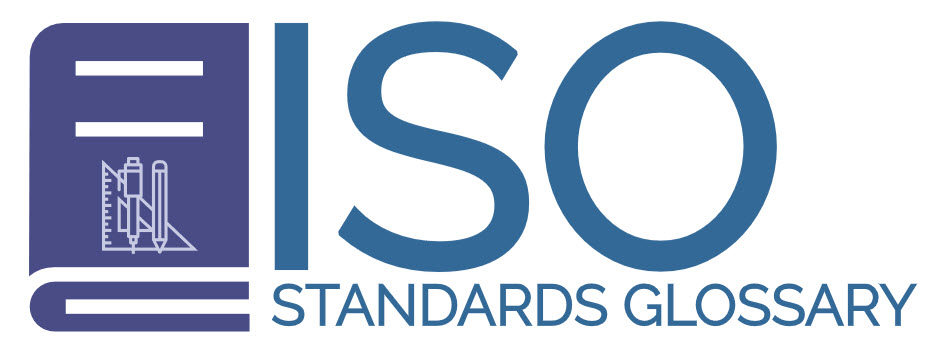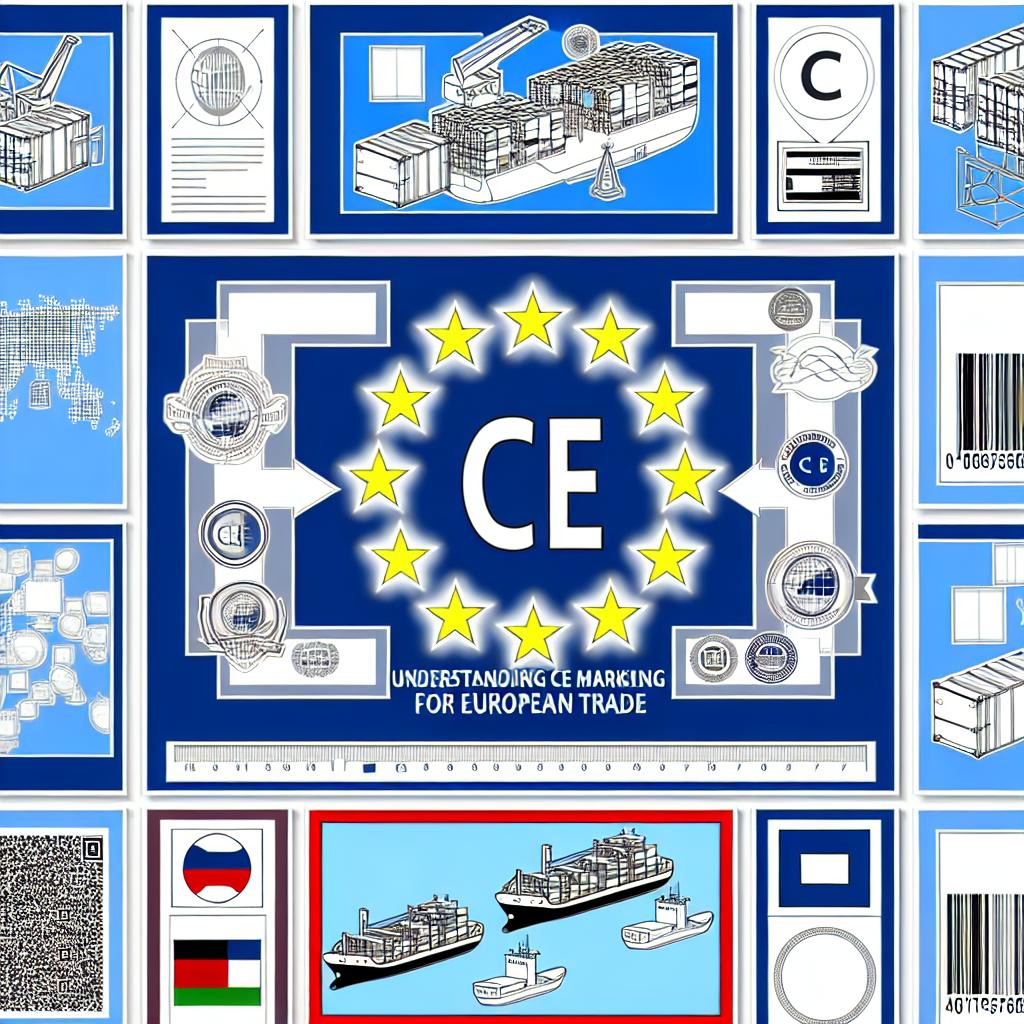Introduction to CE Marking
The CE marking represents the manufacturer’s declaration that their product complies with the necessary European health, safety, and environmental protection standards. It is a critical component for businesses looking to trade within the European Economic Area (EEA), encompassing EU and EFTA countries. This article aims to provide a comprehensive understanding of CE marking, its significance, and the process involved.
What is CE Marking?
CE marking, an acronym for “Conformité Européenne,” is a certification mark that indicates conformity with European regulations. By affixing the CE mark, manufacturers assert that their products meet all specified legal requirements, ensuring safety for consumers and compatibility across Europe.
The Importance of CE Marking
The CE mark is significant as it demonstrates compliance with relevant EU directives and opens up markets within the EEA. It ensures a level playing field among businesses, fostering fair competition. Non-compliance can lead to serious consequences, including fines, product recalls, or prohibitions on product sales in the European market.
Products Requiring CE Marking
CE marking applies to various product categories, including but not limited to:
Electronics and electrical equipment: This category includes items such as household appliances, audio-visual equipment, and telecommunication devices that require CE marking to ensure that they do not cause electromagnetic interference and are safe to use.
Toys: Safety is paramount when it comes to toys as they are used by children. The CE mark confirms that the toys have met the EU safety requirements.
Medical devices: These products must be evaluated for safety and efficacy to ensure they provide their intended health benefits without posing risks to patients or users.
Construction products: Items under this category, such as building materials and structural components, must meet CE marking standards to ensure they are safe and environmentally compliant when used in construction.
Machinery: The CE marking ensures that machines used in various industrial applications meet all essential health and safety requirements.
The CE Marking Process
To obtain CE marking, manufacturers must follow these general steps:
Determine Applicable Directives and Standards
Manufacturers must identify the relevant EU directives for their product. This involves understanding both product-specific and general requirements that ensure the product’s safety and environmental compliance. Different categories of products might fall under different EU directives, each setting out requirements and criteria that products must meet.
Carry Out Conformity Assessment
This step requires the manufacturer to evaluate the product design and production process. Depending on product complexity, this assessment can range from self-assessment to external evaluation by a notified body. For some products, this might involve specific testing, inspections, or conformity procedures to verify that the product meets the necessary directive’s requirements.
Compile Technical Documentation
Manufacturers are required to maintain a comprehensive technical file. This documentation should include product design information, risk assessments, test reports, and other relevant data supporting compliance claims. The technical documentation serves as evidence that the product meets the EU standards and should be kept updated to reflect any changes in product design or standards over the product’s lifespan.
Affix the CE Mark
Once compliance is confirmed, the CE mark can be affixed to the product. The mark must be visible, legible, and non-removable, signifying that the product has met all EU requirements. In addition to placing the CE mark on the product, it might also be included in the packaging and accompanying documents, such as instructions and user manuals.
Responsibilities of Economic Operators
Besides manufacturers, other economic operators such as importers and distributors in the supply chain also have important roles in ensuring compliance with CE marking requirements. Importers must verify that products manufactured outside the EU meet CE standards, while distributors must ensure that products bear the CE marking before selling them in the EU market.
Continuous Compliance and Surveillance
CE marking is not a one-time process; it involves ongoing compliance with EU regulations. Both manufacturers and market surveillance authorities need to monitor products to ensure they continue to meet CE requirements after they have been placed on the market. This may involve additional testing or product modifications to react to new regulatory standards or consumer safety concerns.
Documentation and Retention
It’s essential for manufacturers to keep copies of their technical documentation and declaration of conformity for a specific period, usually ten years after the last product was placed on the market. This ensures they can provide proof of compliance if requested by market surveillance authorities.
Challenges and Considerations
For businesses seeking to CE mark their products, challenges can arise in understanding complex directives, identifying the appropriate standards, and completing the necessary assessments. It might be beneficial for businesses, especially small to medium enterprises, to seek guidance from third-party experts or consulting services specializing in CE marking procedures.
Conclusion
Understanding CE marking is crucial for any business intending to trade within the European Economic Area. Compliance with the necessary directives not only ensures market access but also promotes consumer safety and ensures products meet high standards. Businesses must diligently follow the CE marking process, from determining applicable directives to affixing the CE mark, while maintaining comprehensive documentation to demonstrate compliance. For more detailed information on CE marking processes and requirements, consult the European Commission’s official website.

